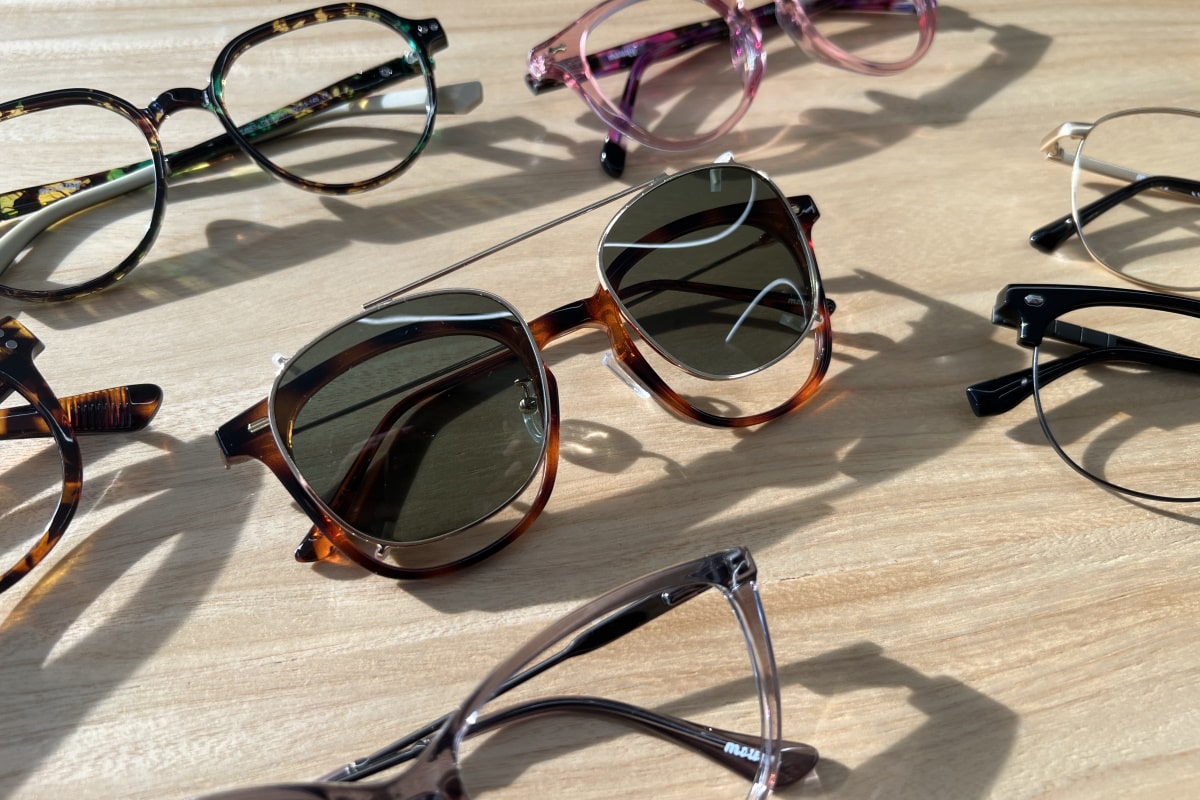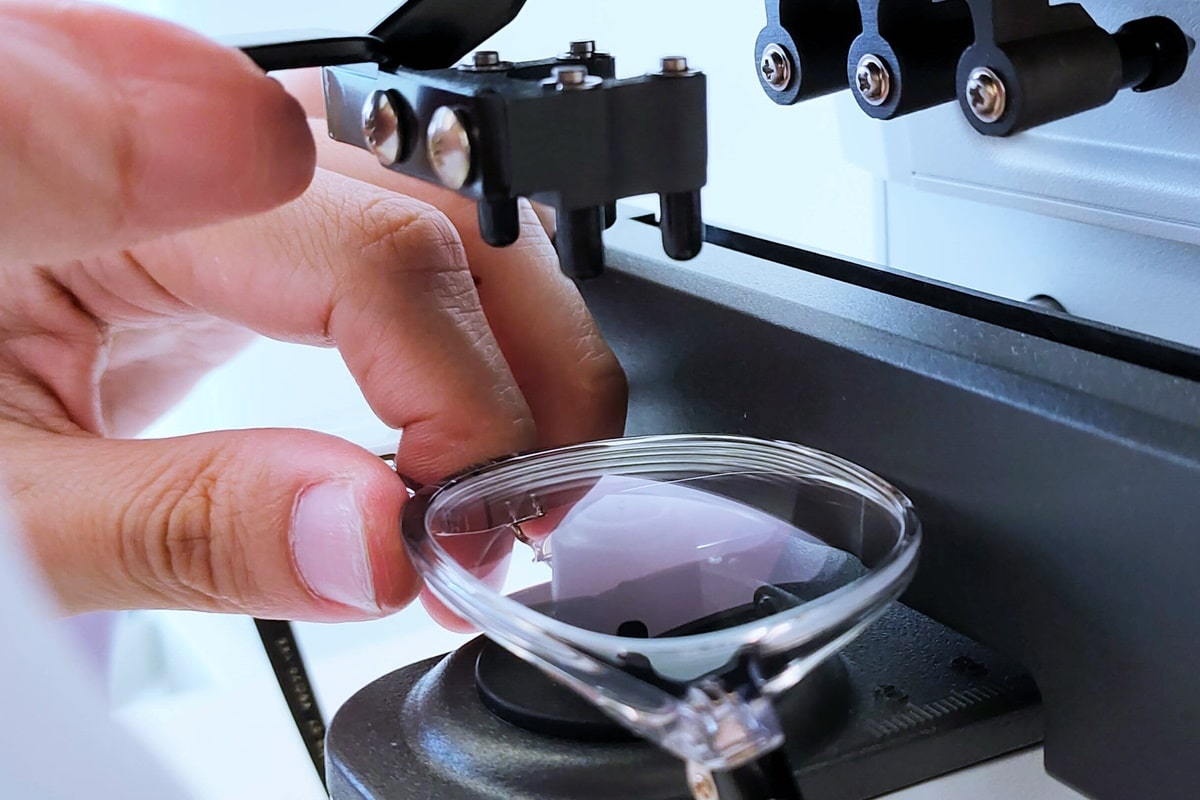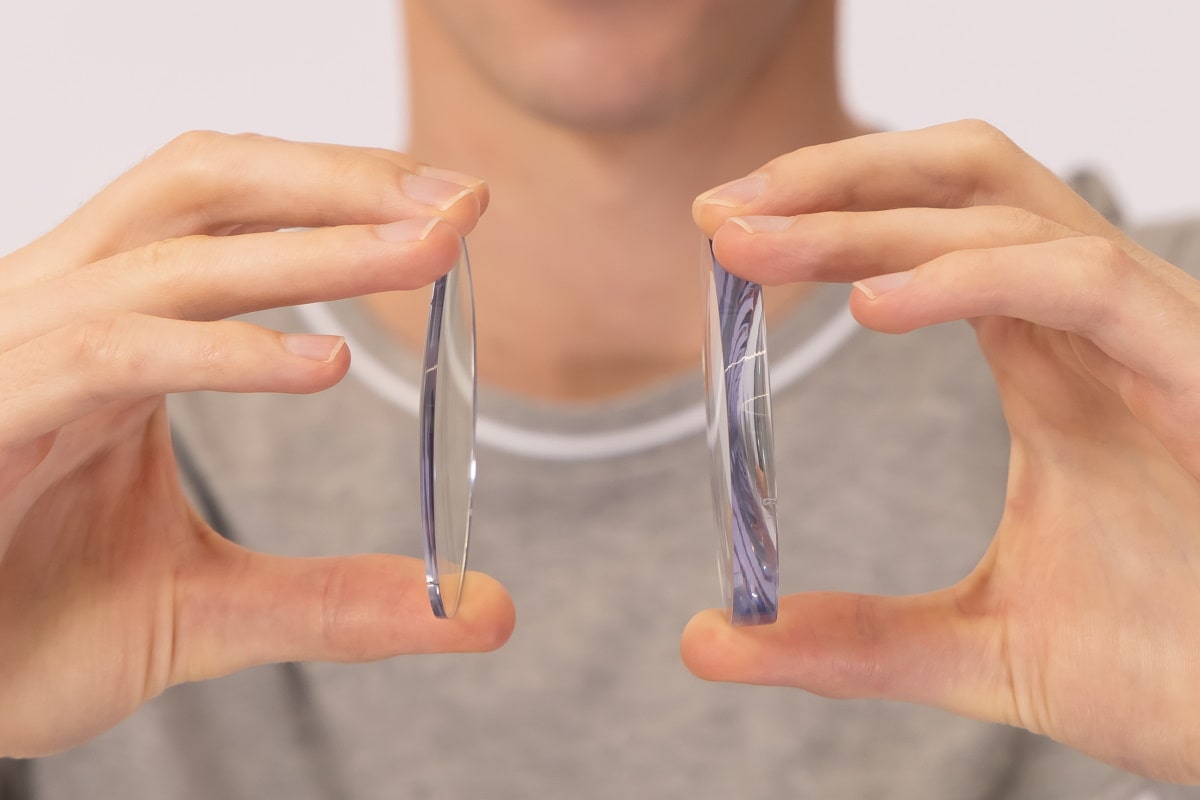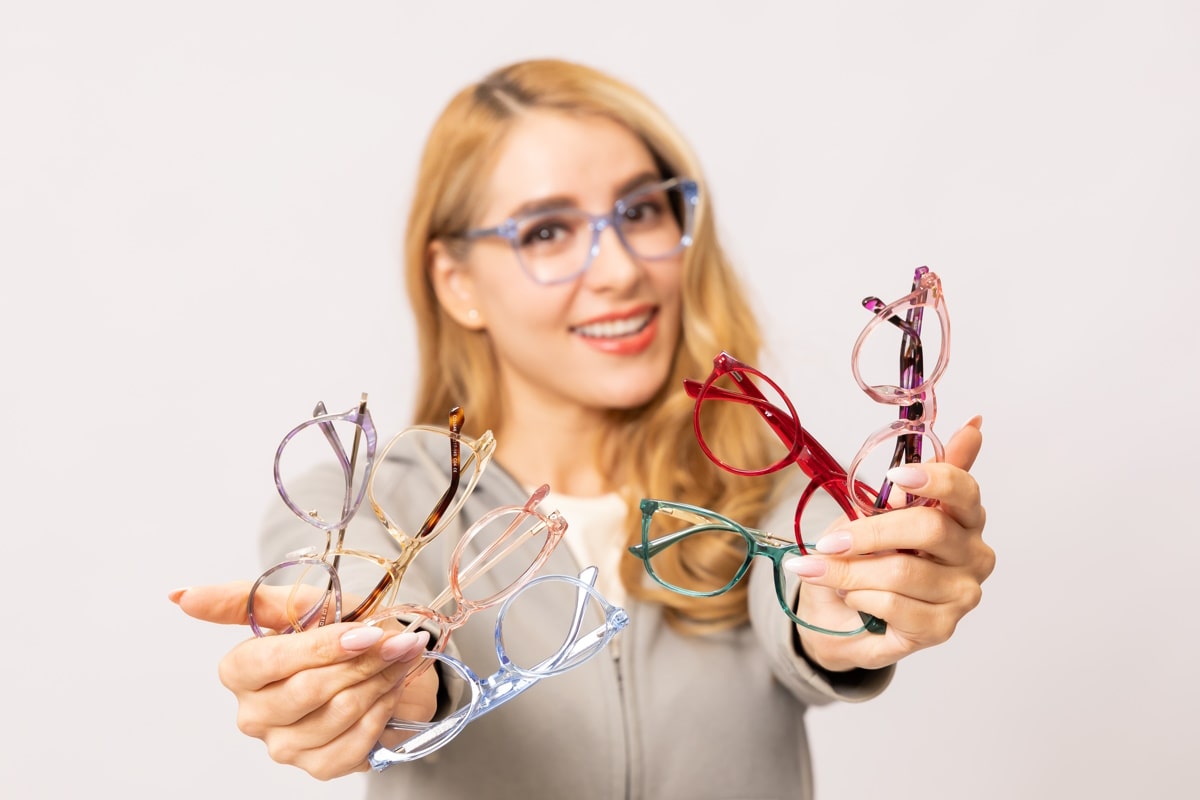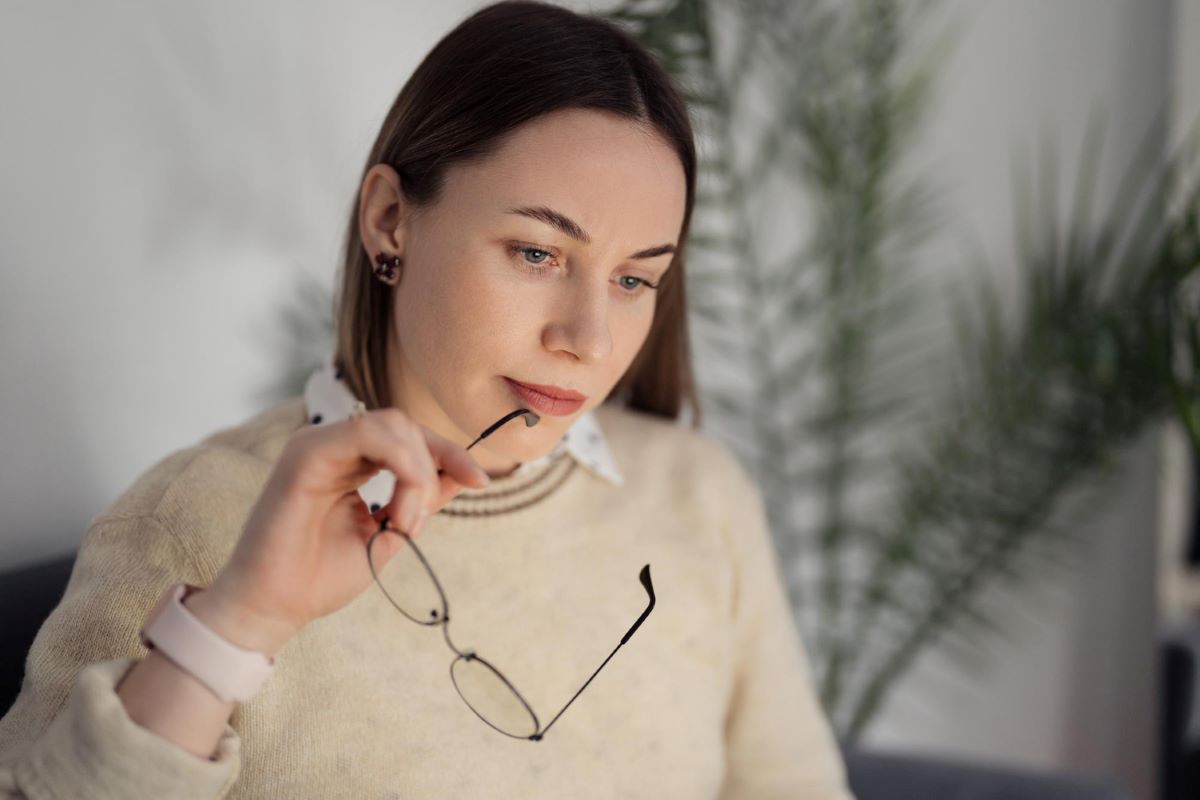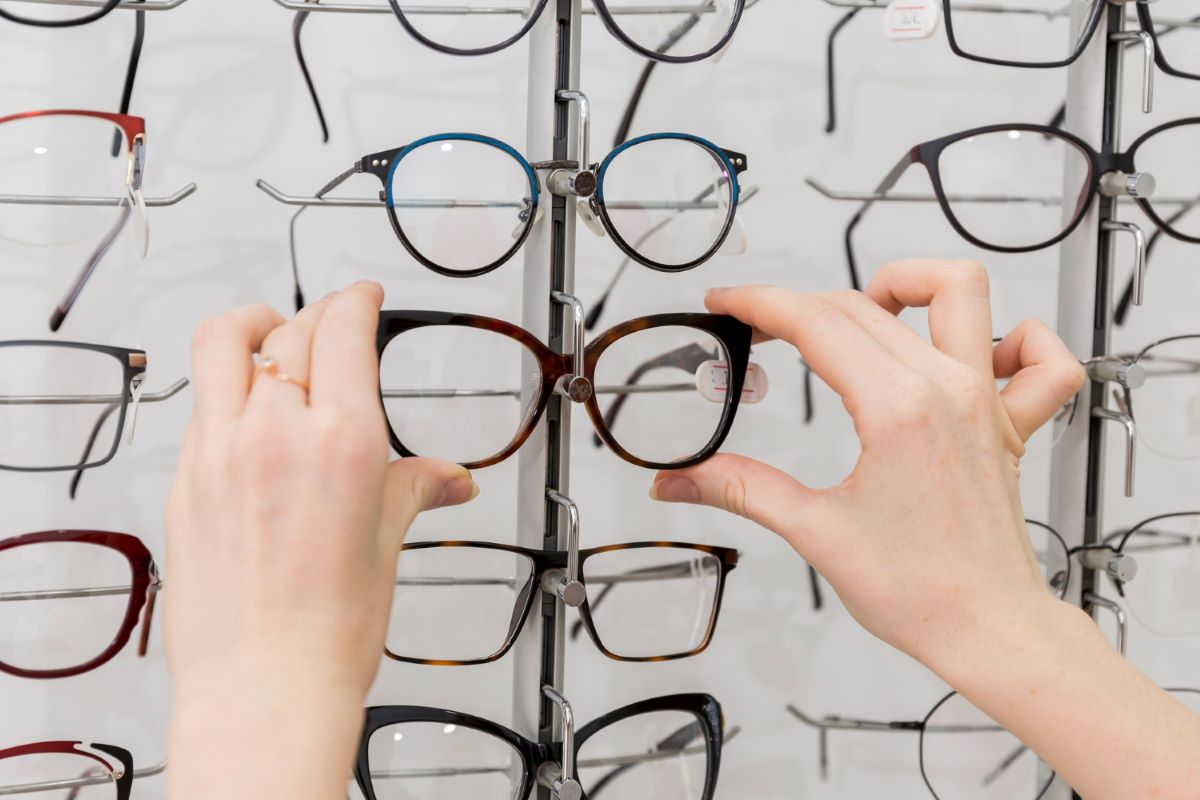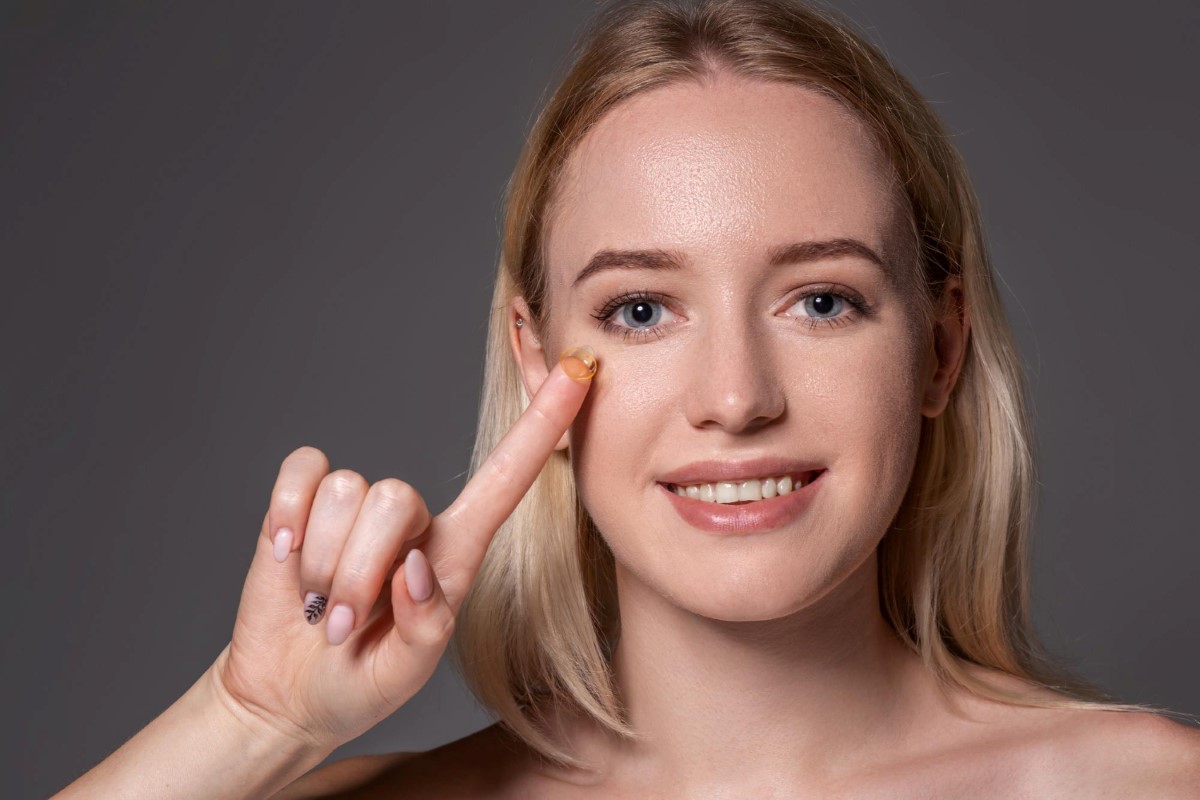9 Statistics About Glasses You Might Not Have Known About
Do you wear eyeglasses? Whether you’ve been rocking yours for years or have just recently gone in for an eye appointment, the world of eyewear can be a pretty fascinating one.
Although some of us might feel alienated or “nerdy” wearing them, there are way more of us with vision issues than you might think.
So, how much do we really know about glasses, and the world of eyewear in general? Here are 9 statistics about glasses you might not have known!
1. 12 million Americans aged over 40 are visually impaired
Vision problems are actually quite common in the United States, with an estimated 12 million people aged over 40 having some form of vision impairment.
In addition, there are more than a million people who have complete loss of sight, and 3 million more who live with vision impairment after corrective measures. An additional 8 million Americans suffer from vision impairment due to uncorrected refractive errors (e.g. nearsightedness and farsightedness).
Alarmingly, there are 93 million people in the USA who are at high risk for serious vision loss, but only half of them have had an eye checkup in the past 12 months!
If you’re not within that 50%, consider this our friendly reminder to check in with your optometrist regularly.
2. Vision problems affect a whopping 2.5 billion people!
Vision problems are a global issue, with an estimated 2.5 billion people affected worldwide.
In China, younger people suffer from high rates of myopia (nearsightedness). There’s no one thing that researchers can pin the rise in myopia on, but they believe it’s a combination of environmental and lifestyle factors like spending too much time indoors looking at screens.
In order to combat vision impairment in low- and middle-income countries, governments and international organizations are investing in increased access to affordable eye care services and corrective eye treatments.
3. The market for glasses keeps exploding
Did you know that glasses have become increasingly popular?
In 2022, the global eyewear market reached an estimated value of US$169.83 billion, and experts predict that it will be worth nearly twice that amount by 2030.
In 2021, Americans spent about US$45.83 billion on eyewear, which marked a 24.3% increase over the year before, according to the Vision Council of America.
That’s around 27% of all corrective eyewear sales worldwide!
4. Men vs women — who wears glasses more?
When it comes to glasses, who wears them more — men or women?
It’s actually a close call! According to the Vision Council of America, men accounted for 42% of people who wear eyeglasses, which means women have a slight majority of 58%.
5. In the US, 45 million people wear contacts
Contact lenses are an excellent alternative for those who don’t like the look of glasses or find them troublesome. The global contact lens market was worth US$15.9 billion in 2021, and the number is expected to grow due to greater demand caused by an increase in visually impaired individuals.
In the United States alone, an estimated 45 million people wear contact lenses — that’s around 14% of the population! Contacts come in a variety of styles, from daily disposables to extended wear lenses. They offer a more natural look and feel, and can even correct vision issues like astigmatism.
That said, they can be a bit high-maintenance as the wearer needs to observe strict hygiene habits and replace them regularly. For more on the pros and cons of glasses versus contact lenses, read up on our guide here.
6. Over-the-counter reading glasses sure are popular
If you’re ever in need of a pair of reading glasses and don’t have time to visit an optometrist, can over-the-counter reading glasses do the trick?
The answer is yes! In fact, 34.5 million Americans use over-the-counter reading glasses — people do love reading a good book before hitting the hay!
The thing about over-the-counter reading glasses is that they can be obtained without a prescription. It’s pretty simple stuff – they just provide a certain level of magnification to help you do close-up work.
On that note, it’s important to remember that over-the-counter glasses are not designed for long-term use and may not suit everyone, especially if you’re dealing with presbyopia. In most cases, you won’t feel any eyestrain, but it’s best to double-check with your eye doctor before settling for a pair of over-the-counter glasses.
7. For the love of sunglasses!
According to a survey by the Vision Council of America, over 223.5 million Americans wear or own at least one pair of sunglasses.
Which is fantastic news – considering how important they are for protecting your peepers from the sun.
Of the people surveyed, 56% said they wear sunglasses while relaxing or lounging, and 74% were more likely to wear sunglasses after learning it can lower their risk of eye disease.
8. But who owns the most sunglasses?
Sunnies are a longtime fave. According to a survey by the Vision Council of America, women are more likely than men to wear sunglasses, with 58% owning at least one pair compared to 48% for men.
But if you think that’s impressive, wait till you hear this: Lori-Ann Keenan from Vancouver, Canada holds the Guinness World Record for owning the most sunglasses in the world — she currently has an astonishing 2,174 pairs! This tops Betty Webster of Hawaii’s previous record of 1,506 shades.
While that may sound like a lot to us mere mortals, celebrity icons such as Elton John own much, much more than that with 250,000 pairs! Meanwhile, Khloe Kardashian trails behind, counting only 200 styles. Either way, that’s still pretty impressive!
If you’ve been looking for an excuse to add a few more pairs of sunglasses to your collection, this might be your sign. If you don’t like visiting a physical store, retailers like us here at Mouqy offer an easy way to browse and try the latest frames and shades online.
9. You should be getting your eyes checked every 2 years
Less than a statistic than an important number – it’s important to keep on track of your eye exams.
Adults should have their eyes checked every two years. For older adults, the frequency of these eye exams increases to every year or every other year, and those with chronic health conditions should consult their eye doctor more often.
Getting an annual eye exam is essential for maintaining healthy vision. Eye exams also ensure you’re seeing everything clearly.
According to the American Optometric Association, it’s recommended that children get an eye exam before they turn 3 years old. These exams should include a comprehensive evaluation of the child’s vision and eye health. It’s also important to follow your doctor’s instructions for follow-up exams at regular intervals. These exams can help detect any vision problems early and allow for timely treatment to prevent further vision loss.
Glasses – Not as boring as you thought, huh?
Looks like there’s a lot more to glasses and sunglasses than meets the eye! We hope reading this has opened your eyes to the ever interesting world of eyewear.
While you’re here, be sure to check out more tips and tricks, style guides, and info on all things glasses, right here at Mouqy!

Written by:
Shu Kie

